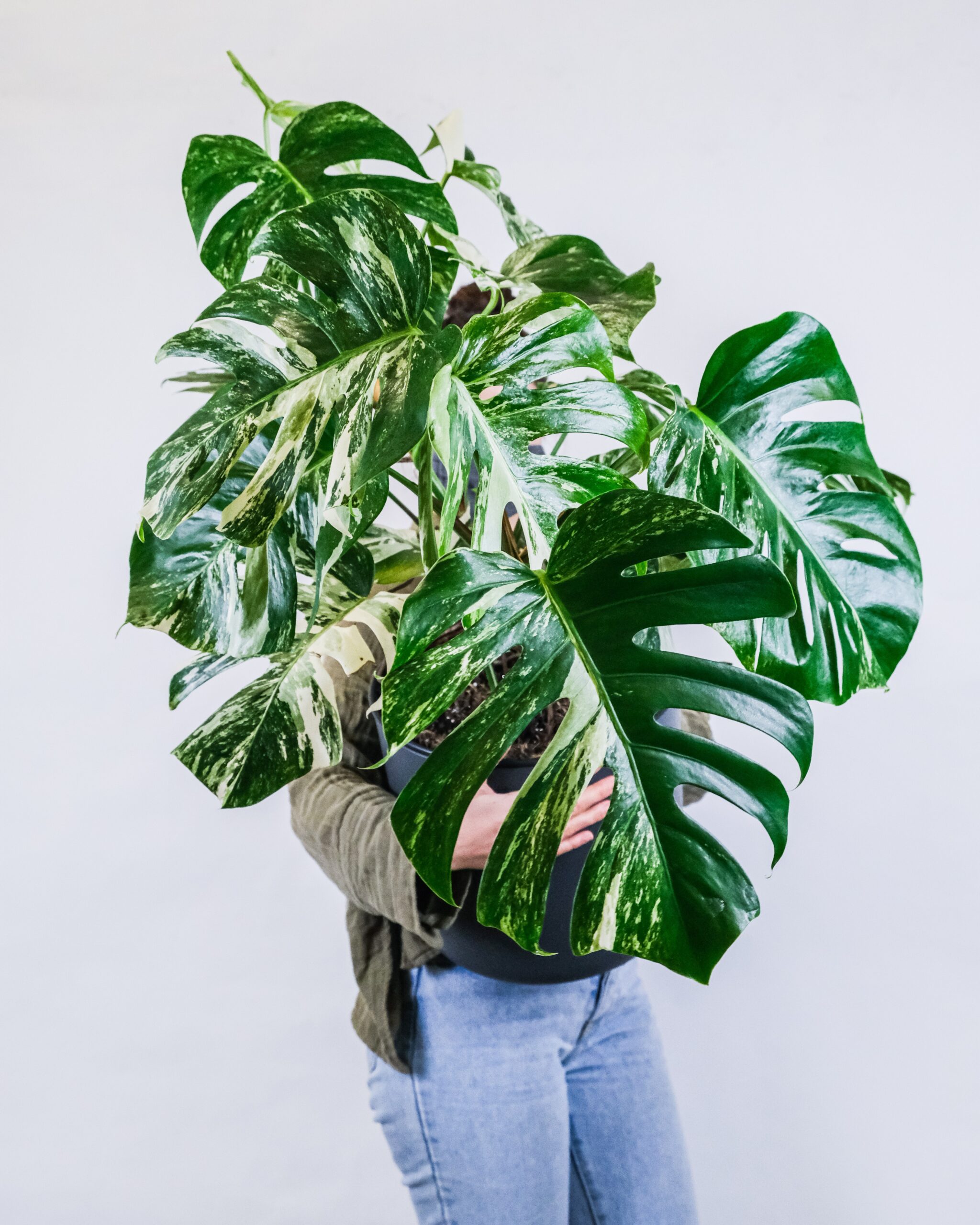Like any other plant, houseplants have their specific needs; soil, nutrition, water, and sunlight, etc. Everything must come in a balanced amount and correct appropriation according to the plant’s need. Some plants need less water, and others don’t. Some also grow in slightly acidic soil, while some on basic or sweet soil. Others also thrive on peat soil while some on lime.
Sunlight is also one of the essential needs of the plant for its survival. Every species needs sunlight for the manufacture of their food, the process known as photosynthesis. Without sunlight, they can not produce their food, and therefore, they starve and die.
Depending on their needs, different kinds of plants need varying amounts of sunlight. Some need partial sun, while others need direct sun exposure. To know more about their needs, read this list below to guide which flower in your garden needs much sunlight and which is not.
Marigold
This flower enjoys the crisp rays of the sun. The flower thrives well and blooms in summer even more in direct sunlight, such that if deprived of sunlight, it is prone to powdery mildew and won’t give its bloom.
The flower is not very sensitive to any kind of soil, but it does best in moderately fertile, and well drained soil. Learn More about its care tips and propagation if you want to grow a lush and healthy Marigold in your garden.
Sunflower
Sunflower is an ornamental plant. The plant gives spectacular flower heads, which bloom up to 15 centimeters wide. The plant stands from 3 feet up to 25 feet tall. It has a rough hairy stem and rough leaves in spirals arrangement. Sunflower is heliotropic because of its love of the sun, where the flower turns to follow from east to west from sunrise to sundown.
Aside from its ornamental beauty, you can benefit from the flower’s edible seeds. Likewise, you can use the leaves as fodder, and also, the yellow flower will yield a yellow dye for art use. Also, the seeds give a yellow oil which has various uses in cooking, baking, paints, lubricants, and soap manufacture.
Aloe Vera
Aloe vera is a species of succulents that comes from the genus Aloe. It is an evergreen perennial plant that grows wild from the Arabian Peninsula. The plant grows in tropical and semi-tropical climates and is widely known for its medicinal use.
Aloe vera has plenty of scientific studies because of its therapeutic properties and use in the cosmetics industry. The plant has a jelly-like substance that is best to fight teeth cavities. It is also suitable for the treatment of constipation, foot ulcers, and protection from ultraviolet radiation.
The plant thrives well in dry and fast-draining soil. It cannot tolerate moist or long-standing water wherein long exposure to moist soil will cause root rot. And thus, because of its intolerance to water, aloe vera needs much sunlight to have its optimum growth and fast reproduction.
Burro’s Tail
Burro’s Tail, also known as Donkey’s Tail, is a succulent plant that originated from South Mexico. The plant loves exposure to a good amount of direct sunlight. But despite its heat resistance, the plant has a fragile stem that is prone to dropping. Likewise, its small green leaves that resemble a jellybean, are as fragile as its stem.
Because of its drought-resistant characteristics, the plant grows in well-draining soil, with its roots well aerated. Even at the early stage of propagation, Burro’s Tail needed not much watering, but beware, if you see browning leaves, you may have deprived it of so much water, and it signals underwatering.
Likewise, when you see them wilting and have soft leaves, it signals that you have overwatered them. Under enough appropriation of the plant’s needs, it gives attraction to your windowsill in a hanging planter because of its beautiful trailing stem where a rose-color flower will develop.
Ti Plant
Known as luck plant, this is commonly planted outside of homes believed to ward off evil and bring good fortune. The plant was original from Southeast Asia and Western Pacific Ocean areas. The plant is trendy in Hawaii because Hawaiians make it into hula dance skirts and surfboard covers.
Ti plant is commonly grown as garden ornaments because of its attractive evergreen foliage. The plant grows up to about a meter tall when fully mature. Its foliage comes in many colors and variations, such as glossy green, deep red, green, orange, pink, and yellow shades. In bright sunlight, the plant gives its immense vibrant colors. Avoid direct afternoon sun because it will result in scorching leaves.
Plants need sunlight for their food production but in varying amounts. Thus, in your garden, it is essential to know the specific sunlight needs of each plant. Knowing each requirement will prevent you from mistakes and frustrations in propagating them. And most importantly, giving the plant the appropriate sunlight makes them grow healthy, beautiful, and lush.

